10 Best Adventures of 1928
By:
April 16, 2018
Ninety years ago, the following 10 adventures — selected from my Best Nineteen-Twenties (1924–1933) Adventure list — were first serialized or published in book form. They’re my favorite adventures published that year.
Note that 1928 is, according to my unique periodization schema, the fifth year of the cultural “decade” know as the Nineteen-Twenties. Therefore, we have arrived at the apex of the Twenties; the titles on my 1928 and 1929 lists represent, more or less, what Nineteen-Twenties adventure writing is all about. That is, hardboiled, wised-up, anti-sentimental.
Please let me know if I’ve missed any adventures from this year that you particularly admire. Enjoy!
- Edgar Rice Burroughs‘s atavistic Tarzan adventure Tarzan and the Lost Empire. Searching the “Wiramwazi mountains” (no doubt modeled on the Rwenzori Mountains, on the border of present-day Uganda and the Democratic Republic of the Congo) for missing archaeologist Erich von Harben, Tarzan stumbles upon a lost remnant of the Roman Empire! Harben ends up in one of the lost empire’s two cities, Castrum Mare, where he falls in love with the beautiful Favia and makes an enemy of Fulvus Fupus. Tarzan, meanwhile, befriends Maximus Praeclarus, a young patrician officer, but manages to make an enemy of Sublatus, ruler of Castra Sanguinarius. Tarzan is forced to fight as a gladiator, before leading a revolution of African slaves; Tarzan’s monkey, Nkima, who makes his first appearance in this novel, fetches the Waziri warriors to assist. Fun facts: Published in book form in 1929. This one is a sentimental favorite of mine, which I read several times as an adolescent. I also enjoyed the Big Little edition (pictured below), and the comic-book adaptation isn’t too bad either.
- Leslie Charteris’s Simon Templar crime adventure Meet the Tiger (aka Meet — The Tiger! and The Saint Meets the Tiger). The early Saint escapades — and this is the very first! — typically concerned wealthy adventurer Simon Templar’s efforts to steal from criminals, making him a good-guy by transitive property. Here, Templar lives with his thuggish manservant, Orace, in a converted “pillbox” (a concrete field fortification left over from WWI) on the southwestern coast of England. His intent is to settle an old score with a mysterious criminal known as “The Tiger,” by stealing his (stolen) gold and collecting a reward; the only question is: Which of Templar’s neighbors is the Tiger? There’s also an undercover police officer in town, as well as several of the Tiger’s “cubs.” During the middle third of the novel, Templar appears to be dead — but his mission is carried forward by an intrepid young socialite, Patricia Holm, with whom the Saint has fallen in love! Fun facts: Charteris would go on to write three dozen subsequent Simon Templar novels, novellas, and story collections. The character was also featured in movies from 1938–1941, in a 1962–1969 British TV series starring a dashing young Roger Moore, and in radio dramas and comic strips. Charteris considered Meet the Tiger one of his weakest efforts.
- W. Somerset Maugham’s espionage adventure story collection Ashenden: Or, the British Agent. During World War I, “R.”, a Colonel with British Intelligence, uses threats and promises to enlist Ashenden, a well-known writer (presumably the same Ashenden who narrated Maugham’s 1919 novel The Moon and Sixpence), as a secret agent. Dispatched to Lucerne, Ashenden, who does not use a weapon, must resort to bribery, blackmail, and sometimes luck in order to succeed in various counter-intelligence operations. Long before Le Carré, we get the idea that right is not always on our hero’s side. For example, in “The Hairless Mexican,” Ashenden is party to the assassination of a Greek traveler whom he and the titular killer assume, mistakenly, to be a German agent. In addition to exposing the ruthlessness and brutality of espionage, Maugham is particularly interested in the senseless, absurd ways in which ordinary people behave during war-time; for example, the titular character in “Mr. Harrington’s Washing” insists — fatally — on retrieving his laundry during Russia’s 1917 revolution. Fun facts: This is the first spy novel written by someone who actually worked as a secret agent; Ashenden — the narrator of Maugham’s later novels Cakes and Ale and The Razor’s Edge is very much an autobiographical character. Alfred Hitchcock’s excellent 1936 film Secret Agent, starring John Gielgud and Peter Lorre, is a loose adaptation of “The Hairless Mexican” and another story from this collection.
- E.E. “Doc” Smith’s Radium Age sci-fi adventure The Skylark of Space (1928). One of the first — and, according to some Doc Smith fans, the best — space operas ever written. When scientist Dick Seaton discovers a faster-than-light fuel that will power his interstellar spaceship, The Skylark (a forty-foot sphere), his fiancée and friends are kidnapped by Marc DuQuesne and the World Steel Corporation. Although quaint by modern standards, Smith’s vision of the future — and future technology, enabling a cosmic voyage — is visionary and creative. More importantly, Smith knows how to write a yarn that, although bloodthirsty and not particularly sophisticated, is a fun, fast-paced combination of spy thriller and western. In the end, Seaton navigates the Skylark through dangers, explores strange new solar systems, rescues his loved ones, and outmaneuvers and outguns his rival, the oddly compelling DuQuesne. Fun fact: Reissued by Bison Frontiers of Imagination. Smith would go on to write several more Skylark stories, as well as the enduringly popular Lensman space-opera series. That’s Dick Seaton on the cover of Amazing (August 1928), above.
- Philip Francis Nowlan’s Radium Age sci-fi adventure Armageddon 2419 A.D. (1928). Nowlan’s novella first appeared in the August 1928 issue of Amazing Stories (the same issue which launched E.E. “Doc” Smith’s serial The Skylark of Space). In it, 29-year-old WWI vet and mining engineer Anthony Rogers falls into a state of suspended animation (in the year 1927), then wakes up five hundred years later. He discovers an America that for the past three centuries has been a backward province of the globe-spanning, part-Mongolian part-alien Han Empire. Taken in by a gang of American rebels, he becomes a freedom fighter in the Second War of Independence. A sequel, The Airlords of Han, was published in March 1929. Fun fact: Nowlan’s long-running and much-imitated Buck Rogers comic strip, illustrated by Dick Calkins, first appeared in January 1929. The protagonist was renamed in imitation of the popular cowboy actor Buck Jones. The original novella was serialized here at HILOBROW.
- Alexander Romanovich Belyaev’s Radium Age sci-fi adventure Amphibian Man (1928; Человек-амфибия, also known as The Amphibian). In order to save his son’s life, Salvator, an Argentinean maverick surgeon and scientist, transplants a set of shark’s gills onto the boy. Although the experiment is a success, Ichthyander — like Aquaman, say, or the Boy in the Plastic Bubble — can no longer interact normally with humankind. He spends most of his time in the ocean, diving. A local pearl harvester, Pedro, who captures the fabled “Sea Devil” of La Plata Bay, attempts to exploit Ichthyander’s abilities — but the boy is more concerned with improving living conditions for the world’s poor than in helping one capitalist get richer. Possibly inspired by Jean de La Hire’s 1909 sci-fi novel The Man Who Could Live In Water. Fun fact: Alexander Belyaev, “Russia’s Jules Verne,” died of starvation in 1942 when his town was occupied by German troops. The 1962 musical film adaptation of the book, directed by Vladimir Chebotaryov, was a huge success in the USSR. Featuring a cast of beautiful young actors, the film’s theme song, “The Sea Devil,” became a hit that was played well into the 1990s. It inspired a 2004 TV series, as well as a mid-1960s experiment in living underwater, which was named The Ichthyander Project.
- Arthur Conan Doyle’s Radium Age sci-fi adventure When the World Screamed (1928). Narrated by a drilling engineer, the fifth and final Professor Challenger adventure takes us not outward (e.g., to a South American plateau crawling with dinosaurs), nor inward (e.g., to an airtight chamber, while the Earth passes through a poison belt), but instead downward. Challenger, here described as “a primitive cave-man in a lounge suit,” while also “the greatest brain in Europe,” proposes to drill his way from a tract of land in Sussex (England) eight miles beneath the planet’s epidermis. Why? In order to prove his hypothesis that the world is itself a living organism. In the end, Challenger becomes “the first man of all men whom Mother Earth had been compelled to recognize.” A novella, rather than a full-length novel, like all of the Challenger books the author’s goal — in addition to entertaining — is to demonstrate the superiority of abductive (logical yet intuitive) to inductive (purely scientific) reasoning. Fun fact: Some historians of science note that Doyle here challenges both the disregard for ecological thinking in his own time, and the role scientists play in the changing relationship of humankind to nature. Serialized here at HILOBROW.
- Georgette Heyer‘s historical adventure The Masqueraders. The prolific Heyer is best known for her many Regency novels, which were best-sellers from the Thirties through the Fifties; this, however, is one of her Georgian novels — set in England shortly after the 1745 Jacobite rising during which Bonny Prince Charlie failed to seize the British crown. Prudence and Robin Tremaine, a sister and brother traveling to London, discover that a beautiful heiress staying in the same inn has changed her mind about eloping — though her lover won’t allow her to return home. The siblings rescue the damsel, making powerful enemies in the process; then they proceed to London, where they make their way into high society. Except Prudence is disguised as a dashing male dandy, and Robin as a blushing young lady. Why? Turns out that they’re escaped Jacobites, and that their father is an adventurer and con artist who has taught his children to follow in his footsteps! Can Prudence and Robin unmask themselves without risking everything? An amusing romp that has a sense of humor about its own absurdities — why hasn’t it been adapted as a movie? Fun facts: Though Heyer’s romance novels paid the bills, she was scornful of the genre — as The Masqueraders demonstrates — and thought of herself as a historical novelist.
- Eric P. Kelly’s historical YA adventure The Trumpeter of Krakow. In the mid-15th century, after Cossack-Tartar bandits dispatched by Russia’s tsar on a secret mission terrorize his village in Ukraine, young Joseph Charnetski and his family flee to Kraków, the center of Polish academic and cultural life. Thhey find lodgings with Nicholas Kreutz, an alchemist — who is falling under the influence of a German student obsessed with obtaining the fabled Great Tarnov Crystal, a “philosopher’s stone” reputedly capable of transmuting other metals into gold. Joseph and Elżbietka, the alchemist’s niece, become friends. Jan Kanty, the city’s most respected scholar and priest, offers Joseph’s father the position of night trumpeter in the Church of Our Lady St. Mary. Four times per hour, by tradition, the trumpeter must begin — but not finish — a song called “the Heynal”; this becomes an important plot point. When the bandits track down the Charnetskis, we discover that they may actually be in possession of the Great Tarnov Crystal. Can Joseph save the day? Fun facts: The book, which offers an explanation for a fire that burned much of Kraków in 1462, won the Newbery Medal in 1929. Apparently it’s only read, now, by people taking the “Newbery Challenge”; that’s a shame. I read it as an adolescent, and I’ve re-read a couple of times since. It holds up well!
- Patricia Wentworth’s Miss Silver crime adventure Grey Mask. Miss Silver is a nondescript older woman who runs a remarkable detective agency; in this novel, she is a minor character — a deus ex machina figure, really, providing crucial intel. Our protagonists are Charles and Margaret, former sweethearts who are drawn back together when Charles discovers that Margaret is a member of a criminal organization run by an unknown villain in a mask. The gang, Charles accidentally learns, has designs on the fortune of Margot Standing, an air-headed heiress — think Carole Lombard in My Man Godfrey — whose mother is unknown, and whose father has mysteriously vanished. Are Margaret and Margot somehow related? What really happened to Margot’s father? Why is Margaret mixed up with the Grey Mask’s gang… and who, exactly, is the Grey Mask? Not one of the very greatest examples of the Golden Age of Detective Fiction, perhaps, but it is both amusing and thrilling at times. Fun facts: Wentworth wouldn’t publish another Miss Silver novel until The Case is Closed in 1937; she then proceeded to write 30 (!) subsequent installments. The final book in the series, The Girl in the Cellar, appeared in 1961.
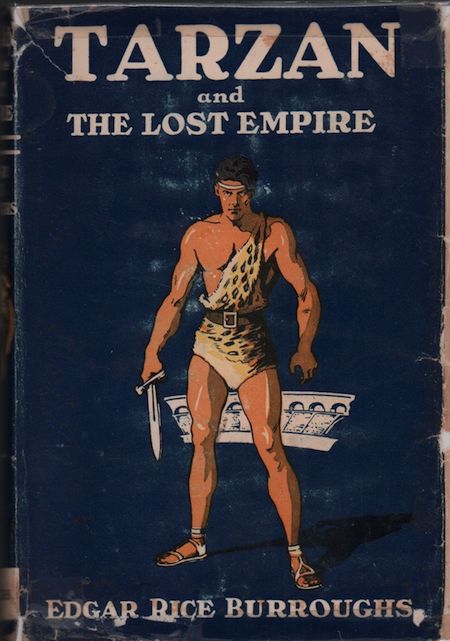
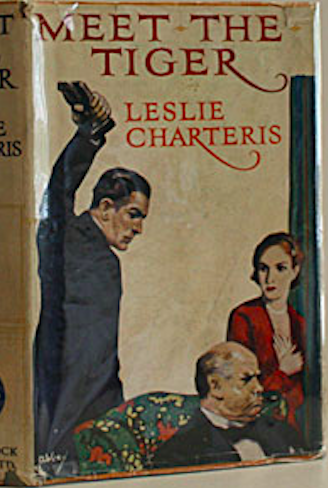
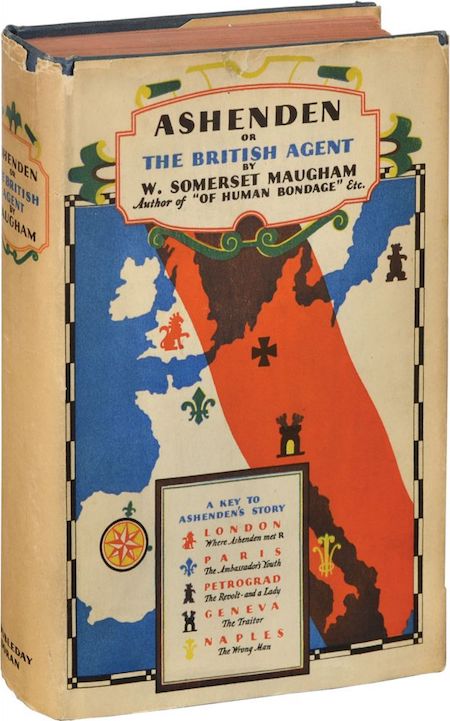
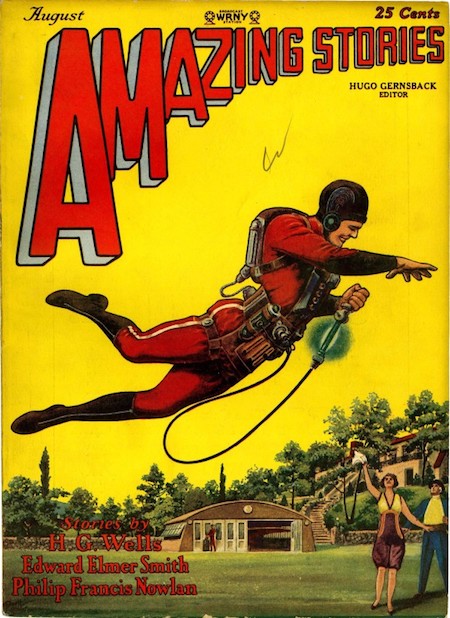
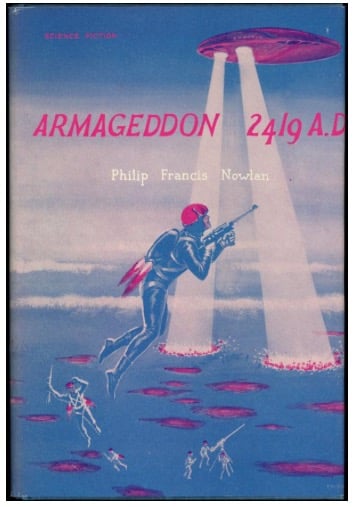
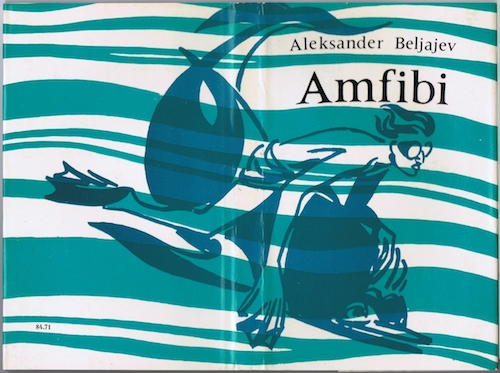

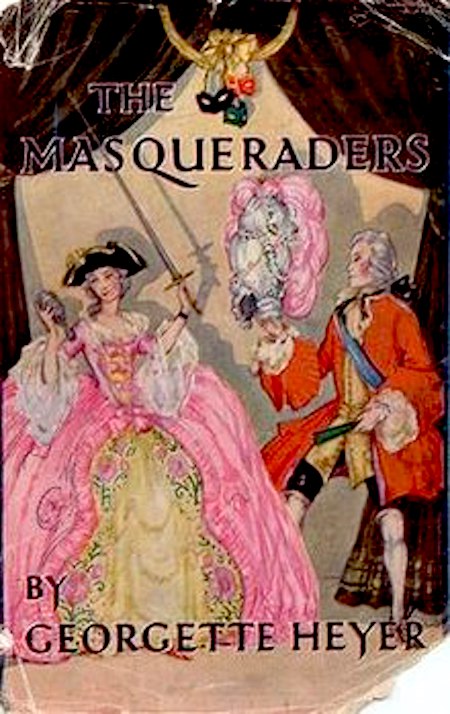
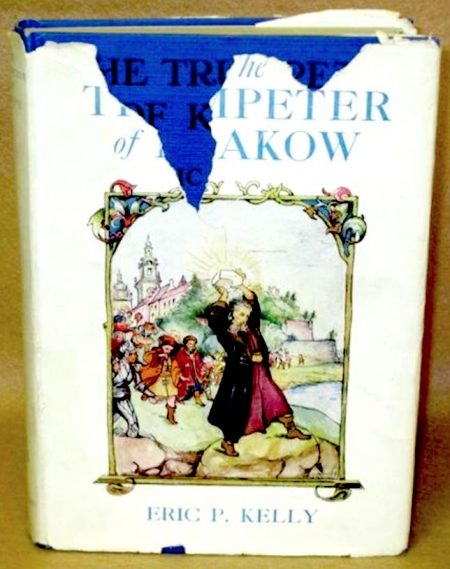
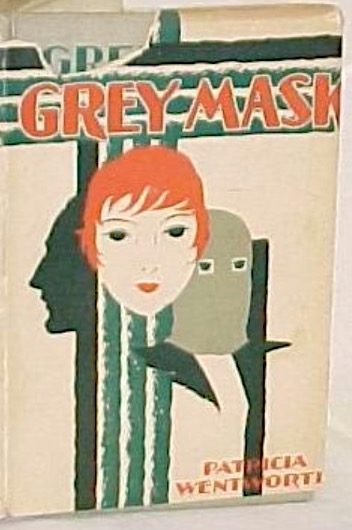
JOSH GLENN’S *BEST ADVENTURES* LISTS: BEST 250 ADVENTURES OF THE 20TH CENTURY | 100 BEST OUGHTS ADVENTURES | 100 BEST RADIUM AGE (PROTO-)SCI-FI ADVENTURES | 100 BEST TEENS ADVENTURES | 100 BEST TWENTIES ADVENTURES | 100 BEST THIRTIES ADVENTURES | 75 BEST GOLDEN AGE SCI-FI ADVENTURES | 100 BEST FORTIES ADVENTURES | 100 BEST FIFTIES ADVENTURES | 100 BEST SIXTIES ADVENTURES | 75 BEST NEW WAVE SCI FI ADVENTURES | 100 BEST SEVENTIES ADVENTURES | 100 BEST EIGHTIES ADVENTURES | 75 BEST DIAMOND AGE SCI-FI ADVENTURES | 100 BEST NINETIES ADVENTURES (in progress) | 1994 | 1995 | 1996 | 1997 | 1998 | 1999 | 2000 | 2001 | 2002 | 2003 | NOTES ON 21st-CENTURY ADVENTURES.
